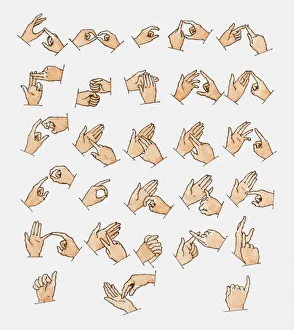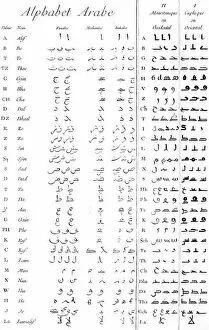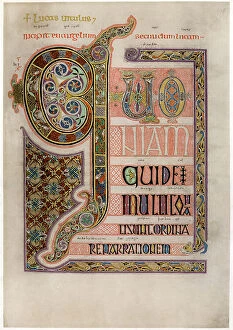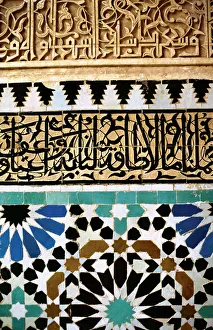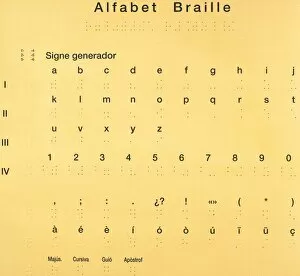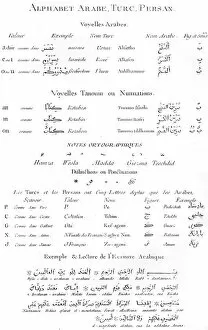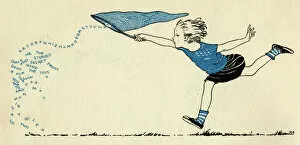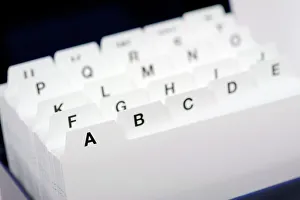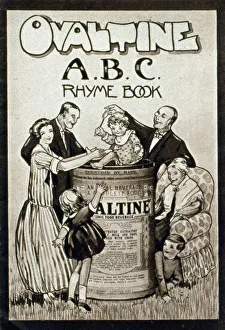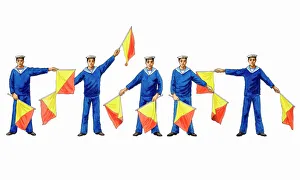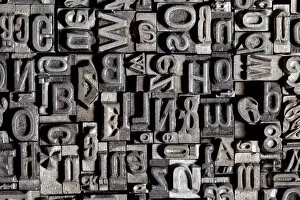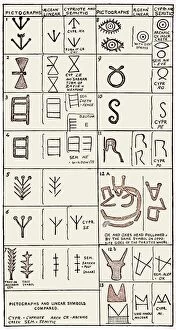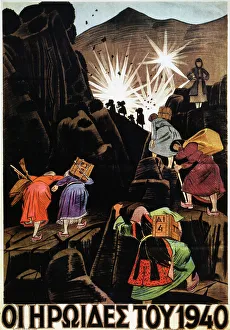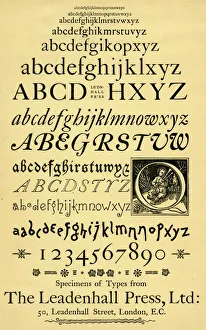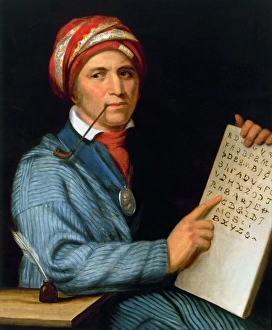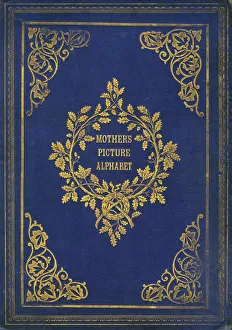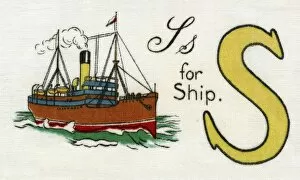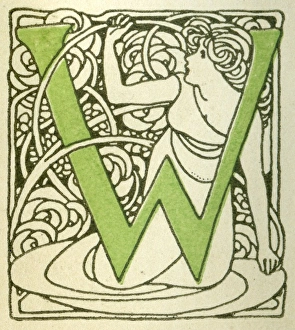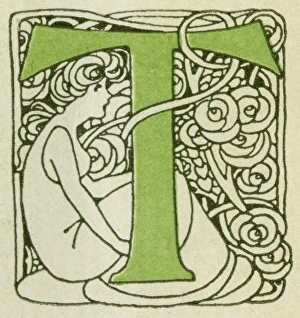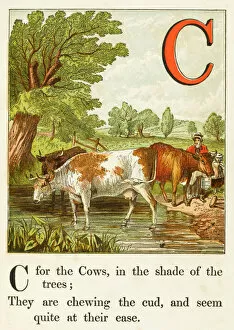Alphabet Collection
The alphabet, a timeless symbol of human communication and expression, has evolved throughout history
All Professionally Made to Order for Quick Shipping
The alphabet, a timeless symbol of human communication and expression, has evolved throughout history. From the initial page of the Lindisfarne Gospels in the late 7th or early 8th century to an illustration showcasing sign language hand signals representing each letter, its significance transcends time and cultures. One cannot overlook the ancient Arabic alphabet, which holds immense cultural value. Its intricate calligraphy is a testament to the artistry and beauty embedded within this system of writing. Similarly, typography plays a crucial role in shaping how we perceive alphabets visually. As we delve into the development of the English alphabet, we witness its transformation over centuries. The ABC OF BABAR O from 1939 provides us with a whimsical glimpse into how letters can be brought to life through illustrations. Intricate illuminated texts like that found in St Luke's Gospel circa 700 demonstrate not only religious devotion but also highlight how alphabets were used as tools for storytelling and preserving knowledge. Beyond written languages, even symbols such as those found on The Periodic Table Digital Illustration have become part of our modern-day lexicon. They represent elements that make up our world and enable scientific understanding. The Olympic Games poster from 1896 reminds us that alphabets extend beyond mere words; they serve as emblems uniting nations under one common goal - athletic excellence. Moving away from traditional scripts, mosaic artwork featuring Arab and Kufic calligraphy showcases how they can transcend mediums by adorning walls with their elegance and meaning. Even street signs bear testament to alphabets' ubiquity; Greek and Roman characters guide pedestrians through downtown Athens while celebrating linguistic diversity. Lastly, Braille revolutionized accessibility for individuals with visual impairments thanks to Louis Braille's ingenuity. Through raised dots forming letters on paper, it opened new avenues for literacy among those who are blind or visually impaired. From ancient manuscripts to contemporary innovations, the alphabet remains an integral part of our lives.

